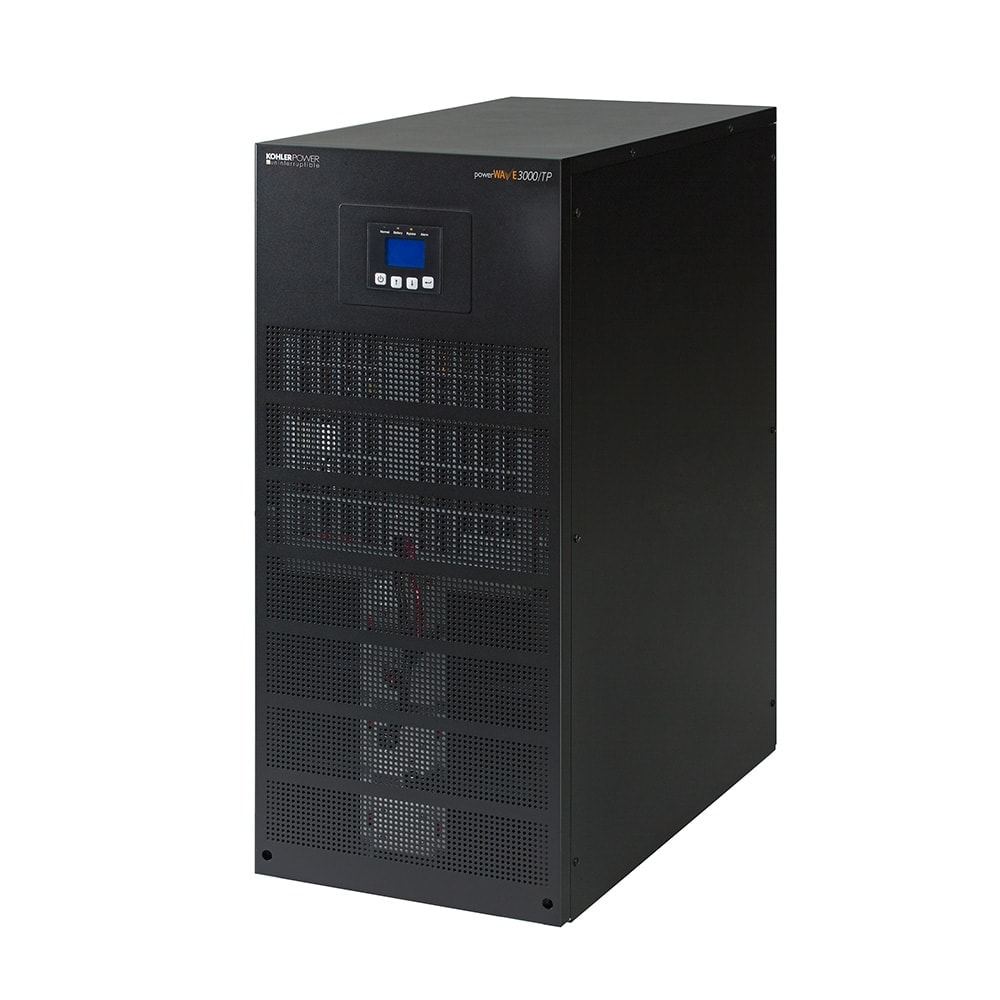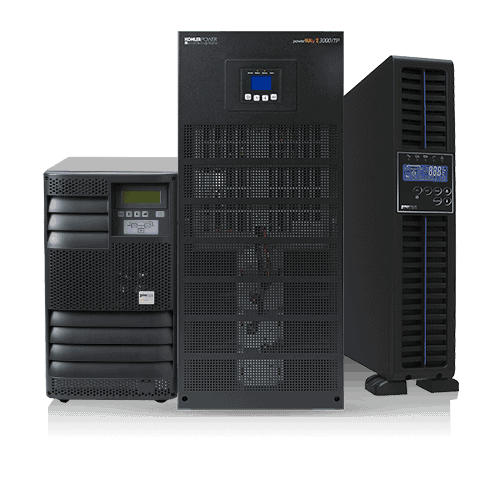In developed regions like North America and Western Europe, some of the strongest UPS market growth has been in the 10 – 100kVA sector. Drilling into this trend reveals an interesting aspect of modern business practice; while companies are outsourcing to colocation and cloud service providers, they are also keeping a few mission-critical applications in house. According to an IHS Market Insight report, this ‘what’s left’ or ‘business edge’ internally implemented resource amounts to about 10 – 20% of the organisation’s total computing needs, although this varies by industry.
These edge applications are being kept on premise as they are mission-critical and/or data security sensitive. Such applications not only need to be backed up by a UPS system, but would be more likely to have a higher average redundancy, to ensure the highest availability and reliability.
These situations call for UPSs that offer reliability, availability and protection levels at least as high as their large-scale data centre counterparts, while being scaled to a comparatively fractional load. This scaling will not only save capital expenditure on unnecessary UPS capacity, but also operating costs related to UPS inefficiencies arising from being oversized for their load.
The KOHLER PW 3000/TP is one example that fits these requirements. It offers great flexibility, as it is available in 10 or 20kVA versions, and up to four units can be paralleled to increase capacity and/or redundancy. It provides a single-phase power output for critical loads, while accepting either single- or three-phase inputs. It can also accommodate single or independent dual supply inputs, providing an option for further power redundancy.
The UPS uses a true online double-conversion topology, which means that at all times it fully isolates the critical load from transients, RF noise, brownouts and any other mains-borne disturbances, as well as providing backup battery autonomy during blackouts.
While offering these levels of availability and protection, the UPS’s design is scaled to the smaller edge environments as described. It has an integrated manual bypass switch to simplify maintenance and reduce the need for external switchgear. The UPS cabinet also accommodates internal batteries, although extra batteries can be supplied in matching cabinets if extra autonomy is required. An extra battery cabinet can raise the autonomy to 152 minutes for a 10kVA system on half load.
The system, which occupies a small footprint, is easy to install, operate and monitor for optimum health. An LCD display provides information about system performance, while LEDs show immediate system status information. A network interface card allows remote control and monitoring of the UPS via a web browser; for enhanced monitoring, humidity and temperature sensors can be integrated into the system along with the network card.
Operating costs are also minimised, as high efficiency keeps down both energy costs and heat losses. Operating at a lower temperature also prolongs component and battery lifetimes.
The KOHLER PW 3000/TP is just one example of the type of UPS available to organisations today, which allows operation of smaller-scale but highly critical edge ICT resources with the same degree of power protection as found in larger-scale data centres.





